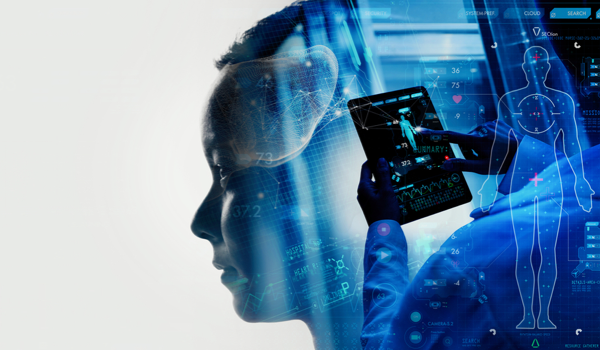


MUMBAI - Generative AI (GenAI) is a potent computational power that greatly impacts the management of neuropsychiatric illnesses - clinical conditions that are difficult to treat.1 They are harder to diagnose than other disorders and even more complicated to tackle. Managing them requires both medicine and psychotherapy with a strong component of empathy that heals human emotions.2 Empathy, the ability to understand and share others' feelings, is especially critical in managing vulnerable, complicated neuropsychiatric conditions. Children suffering from such disorders often grapple with deep feelings of isolation and misunderstanding. Personalizing mental health treatments for patients is also harder than other illnesses, as these conditions can be superfluous and the same drug regimen does not always work for each patient with equal effect.3
GenAI is already overcoming the complexity of neuropsychiatric management and tailoring recovery roadmap. Using data streams from wearables and GenAI’s latest capabilities achieves a great degree of personalization that tracks the days and moments in a patient’s life.4 Integrating GenAI into healthcare - especially for neuropsychiatric disorders - marks a pivotal shift towards delivering empathetic and personalized patient care globally. This article explores the transformative potential of GenAI in enhancing empathy in neuropsychiatric care, offering insights into currently available and future options.
Grasping empathy in neuropsychiatric disorders
Empathy in neuropsychiatric care is critically important because human connections exert a big impact on emotional healing. This transcends mere clinical interaction to forge a deep emotional connection that helps patients feel at ease and better understood, greatly boosting quality of care. Neuropsy
The content herein is subject to copyright by The Yuan. All rights reserved. The content of the services is owned or licensed to The Yuan. Such content from The Yuan may be shared and reprinted but must clearly identify The Yuan as its original source. Content from a third-party copyright holder identified in the copyright notice contained in such third party’s content appearing in The Yuan must likewise be clearly labeled as such. Continue with Linkedin
Continue with Linkedin
 Continue with Google
Continue with Google









 1027 views
1027 views








